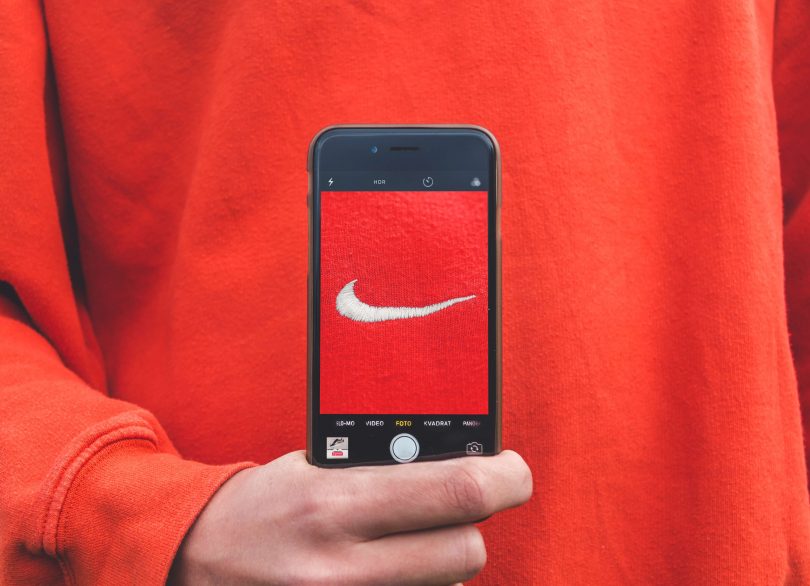One of the most common mistakes made in business is to confuse a logo with a brand.
The word brand comes from Scandinavian language, “brandr” meaning to burn, and it dates back to the Egyptians who used specific symbols burned into the skin of livestock in order to clearly identify who owned them and to settle disputes/avoid theft.
Over the years, applying a brand evolved into the placement of an identifiable marker on products to identify their origins and the craftsman who made them, so that a purchaser could decide the value when bargaining.
Branding, in this case, is purely about the commodity and setting a compatible value.
The era of packaged goods continued to leverage the value of a brand, with the advent of advertising and television. Branding became a useful sales tool that not only cemented brand choice, it also built familiarity making it easy for consumers to look for the next big thing.
The new age of jingles, slogans and trademarks further pushed the boundaries of a brand, until “branding” encompassed distinctive characteristics such as sounds, smells, and tastes as well as specific shapes or colours used.
The branded marketplace we see today is a world where certain brands are instantly recognisable, even if you only encounter the tiniest portion of their brand identity.
Just a glimpse of the golden arches will have small children begging for fries.
The interesting difference today is that businesses have a multitude of channels they can use to promote their brand where they can reach a global audience faster and cheaper than ever before.
Trouble is, with ease of reach, comes a flood of competition.
In the 1970’s it was estimated that the human brain was seeing around 500 branded messages a day.
Today that figure is closer to 5,000.
The biggest mistake businesses make when it comes to business branding, is that they fail to understand how the brain ‘sees’ brands, and think any old logo will do.
However, when it comes to choosing a brand, your ideal prospects brain works on memory and emotion.Even understanding that colours have a physiological effect on your prospects is vital. For example, red makes the heart beat faster, blue slows the metabolism and green calms the nerves.
In order to connect with your ideal client’s wallet, you first need to capture their brain and engage their hearts, in other words, you need to decide what emotion your brand most signifies.
Your logo needs to create meaning and purpose, and it needs to convey that in an instant.
A meaningful brand gives you the opportunity to share your brand story, to convey your core message and to stand out from your competitors.
The first step to avoid making the mistake of simply getting a logo made and thinking you have a brand is to consider how you want to make people feel.
Before you jump onto your favourite Facebook business group and post “I need a logo, can someone suggest a graphic designer or someone who can do one quickly for me”… consider the purpose of your logo and what emotional reaction you want to create.
Once you brief your designer, ensure you are clear about your target audience, who they are, what they want and what you’d like your brand to be remembered for.
Evidence some people think a logo is separate from a brand…

I’m not sure who’s the biggest fool here. The business asking for a logo even before they have developed their brand, or the 33 people who bid to do the work!
“The opinions expressed by BizWitty Contributors are their own, not those of BizCover and should not be relied upon in place of appropriate professional advice. Please read our full disclaimer."







